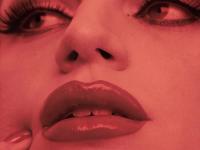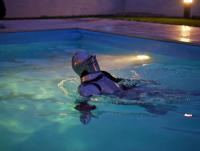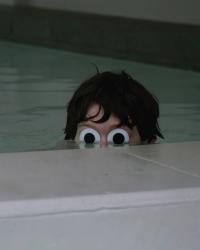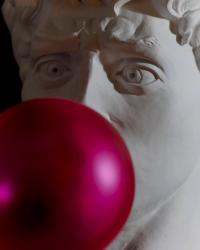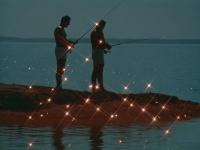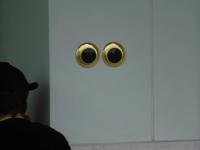Subscribe to the Newsletter
Your cart is empty
Shop nowThe Creative Mental Act
What if creativity isn’t something we possess, but something that emerges ‘between’ things?
That question has been on my mind since reading “Ways of Being” by James Bridle (2022) —a book that reframes intelligence as something not bound to human minds, rather it is distributed across relationships, environments and systems.
In one passage, Bridle revisits Alan Turing’s reflections on machine behaviour and surprise. Turing observed that machines frequently took him by surprise—not because they were intelligent, but because their behaviour prompted something ‘in him’: a moment of curiosity, an interpretive spark, a revelation, a leap, a cognitive jolt. He called this the ‘creative mental act’—not the moment of emergence, but of recognition, of interpretation. In other words, creativity doesn’t sit neatly inside a machine or inside a person. It exists between them.
The idea of creativity as relational has been vital to my own work with machines. Since 2017, I’ve been collaborating with a custom-built Recurrent Neural Network (RNN) I trained on curated datasets of text to generate surreal, machine-generated titles of artworks. From there, I conduct what I call ‘hot searches’. I deliberately adjust the temperature settings of my RNN to generate more surreal, nonsensical outputs with the aim of cultivating the glitch. But the glitch isn’t just noise. It’s a point of friction—where the system behaves in a way I didn’t expect and I have to stop and make sense of it.
By deliberately building systems that produce these off-moments, it’s possible to create conditions where creativity can flourish. The algorithm's misfire becomes an invitation and the act of finding meaning becomes the creative work itself. It's not the machine that's creative—it's the dialogue between human perception and machine output where new possibilities emerge. It’s about making space for creativity to emerge between us.
We spend so much time arguing over whether machines can be creative—as if creativity were a resource to be possessed, a spark that lives exclusively in the human brain. Instead we could be asking, how does creativity emerge? And what conditions allow it to flourish? This exploration feels both liberating and timely. In an age where technology is often framed as a threat or a replacement, there exists an invitation to co-create.
Ben Millar Cole is part of Issue 17 by Guest Editor Torbjørn Rødland.
Check out his Artist Feature Computers Can’t Jump.

